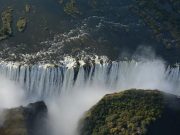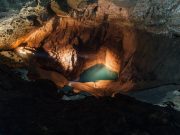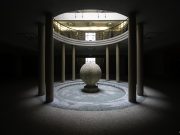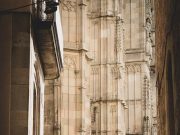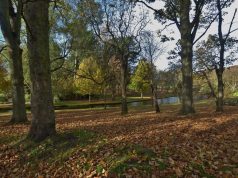In the heart of a city that has been the epicenter of global change, the Berlin Wall stands as a silent witness to a turbulent past. Erected almost overnight, this concrete barrier became the physical embodiment of ideological division during the Cold War, slicing through the vibrant city of Berlin and, by extension, the world itself. Yet, beyond its austere facade lies a tapestry of human stories, political intrigue, and the indomitable spirit of those who lived in its shadow. As we embark on a journey to discover the history of the Berlin Wall, we unravel not just the chronicles of a divided city, but also the enduring quest for freedom and unity that ultimately led to its fall. Join us as we delve into the layers of history, peeling back time to understand how a structure intended to separate ultimately became a symbol of hope and reconciliation.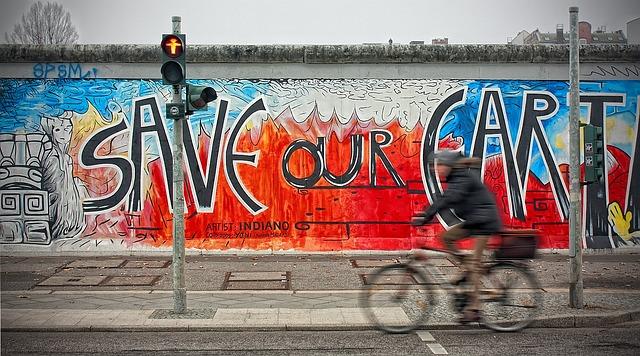
Echoes of Division: Tracing the Origins and Construction of the Berlin Wall
Amidst the reverberations of post-war Europe, the Berlin Wall stood not just as a physical barrier but as a poignant symbol of ideological divide. Its origins trace back to the early Cold War tensions between the Eastern Bloc and Western Allies. The division was more than just geographical; it was a manifestation of contrasting worldviews. Communism and capitalism clashed dramatically in the heart of Germany, and Berlin became the focal point of this contention. Constructed overnight on August 13, 1961, the wall swiftly transformed from a barbed wire barrier to a complex structure of concrete, equipped with watchtowers and guarded by armed soldiers.
- Political Tensions: The wall emerged as a direct response to the mass exodus of East Germans fleeing to the West, seeking freedom and economic opportunities.
- Cold War Symbolism: It became an emblem of the ‘Iron Curtain’ that Winston Churchill famously described, dividing not just a city, but the world.
- Human Stories: Families were separated overnight, and daring escape attempts became legendary tales of courage and desperation.
The Berlin Wall’s construction was a testament to the era’s geopolitical climate, highlighting the lengths to which a state would go to preserve its ideology. It wasn’t merely bricks and mortar; it was the echo of division that resonated far beyond its physical presence.
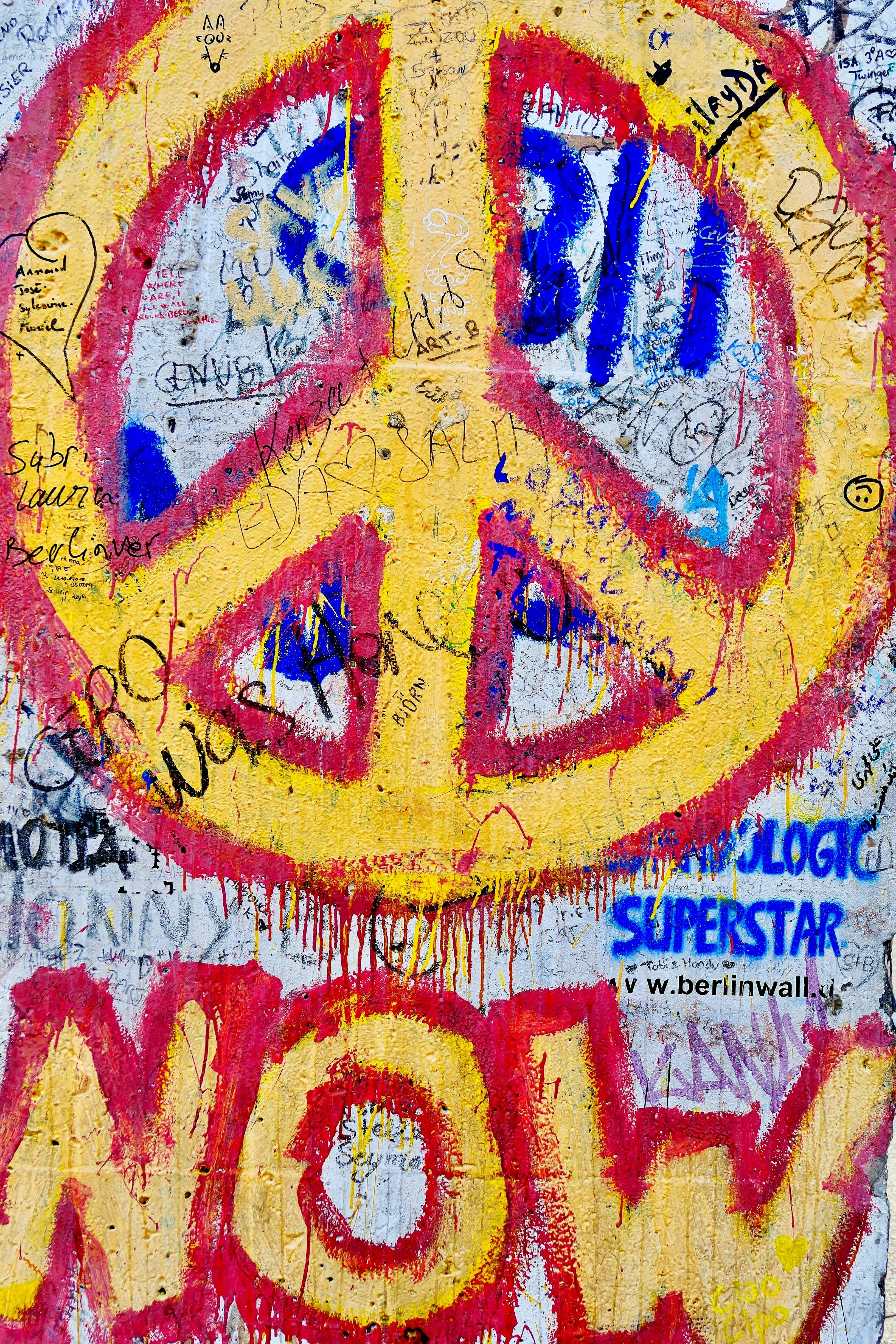
Stories from the Border: Personal Accounts and Hidden Narratives
Amidst the Cold War’s chilling tensions, the Berlin Wall emerged as a formidable barrier, severing families and communities. Yet, beyond its stark concrete facade lay stories of resilience, hope, and daring escapes. The Wall not only divided a city but also became a symbol of ideological conflict, encapsulating the struggle between two worldviews. Through personal accounts, we delve into the hidden narratives that paint a vivid picture of life in its shadow.
- Families Torn Apart: The Wall’s sudden rise in 1961 left many East and West Berliners stranded on opposite sides. Tales of loved ones separated overnight highlight the emotional turmoil and desperate attempts to reunite.
- Ingenious Escapes: From tunnels dug beneath the earth to hot air balloons soaring above, the stories of escapees reveal the lengths to which individuals went for freedom.
- Silent Witnesses: Buildings, streets, and even trees became silent witnesses to the unfolding drama, each holding its own secret tale of courage or despair.
These personal narratives, often overshadowed by grand political gestures, bring a human face to the Berlin Wall’s history, offering a profound understanding of its impact on everyday lives.
Preserving the Past: Visiting Key Historical Sites and Memorials
As you explore the remnants of the Berlin Wall, you’re stepping into a poignant narrative that has shaped modern history. The wall once symbolized division, but today it stands as a powerful reminder of unity and resilience. Walking along the East Side Gallery, you’ll encounter a vibrant stretch of art painted directly on the remnants of the wall. This open-air gallery features over 100 murals from artists worldwide, each piece echoing the themes of freedom and change.
- Checkpoint Charlie: Experience the tension of the Cold War era at this iconic border crossing.
- The Berlin Wall Memorial: Offers a solemn tribute to those who suffered, with preserved sections and a visitor center providing in-depth historical context.
- Potsdamer Platz: Witness the transformation of a once-divided city, now a bustling hub of culture and commerce.
Engage with history through interactive exhibits at the DDR Museum, where you can touch, feel, and live the everyday experiences of those who lived in East Germany. As you stand in these spaces, let the stories of courage and endurance inspire a deeper understanding of Berlin’s past, and reflect on the indomitable human spirit that overcame the barriers of the wall.
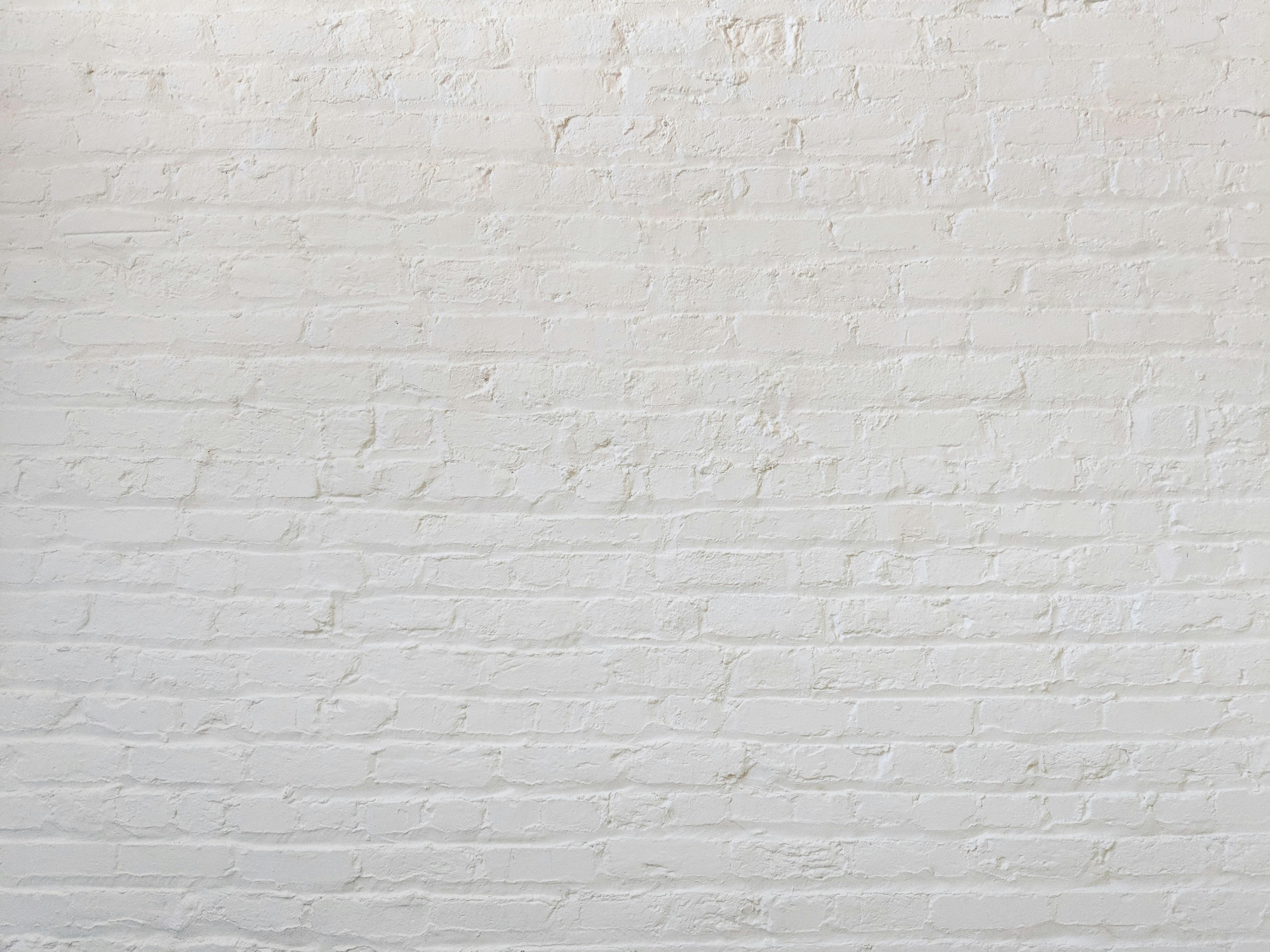
Walking Through History: A Guide to Berlins Wall Trail and Museums
Embarking on a journey along the Berlin Wall Trail is like stepping into a living museum, where every step unveils stories of division and unity. This 160-kilometer path invites you to explore remnants of the past, seamlessly weaving through urban landscapes and serene nature. As you walk or cycle, you’ll encounter informative plaques and preserved segments of the Wall, each telling tales of escape attempts, resilience, and the eventual triumph of reunification.
- Mauerpark: A vibrant space where the Wall once stood, now bustling with weekend flea markets and open-air karaoke.
- East Side Gallery: An open-air gallery showcasing over 100 murals painted by artists from around the world, transforming the Wall into a symbol of hope.
- Checkpoint Charlie Museum: Dive deep into stories of daring escapes and espionage at this iconic checkpoint’s museum.
- Bernauer Straße Memorial: A poignant reminder of divided families, featuring preserved sections of the Wall and an informative visitor center.
Each museum along the trail provides a unique perspective on the Wall’s impact, offering multimedia exhibits and personal narratives that bring history to life. Whether you’re a history enthusiast or a curious traveler, Berlin’s Wall Trail offers an immersive experience that resonates long after your visit.
To Conclude
As we step back from the shadow of the Berlin Wall, its towering presence both a relic of the past and a testament to human resilience, we find ourselves reflecting on the myriad stories it has silently witnessed. From its abrupt rise to its jubilant fall, the Wall stands as a complex symbol—of division and unity, oppression and liberation. In tracing its history, we uncover not only the political and social currents that shaped a divided city but also the enduring spirit of those who dared to dream beyond its concrete confines. As history moves forward, the echoes of the Berlin Wall remind us of the delicate balance between division and harmony, urging us to remember, to learn, and to strive for a world where walls are no longer needed.





